The information was shared by Nvidia Chairman Jensen Huang during a recent visit to Beijing. Accordingly, Mr. Jensen Huang revealed that he graduated from university at the age of 20 and if he were “young Jensen”, he would focus on the fields of Physical Science rather than Software Science.
According to his LinkedIn bio, Jensen Huang received his bachelor's degree in electrical engineering from Oregon State University in 1984 and his master's degree in electrical engineering from Stanford University in 1992.
In April 1993, Huang co-founded Nvidia with engineers Chris Malachowsky and Curtis Priem over dinner at a Denny's restaurant in San Jose, California.
After more than 30 years under Mr Huang’s leadership as CEO, the chipmaker is now the world’s most valuable company. Nvidia also became the world’s first company to reach a $4 trillion market capitalization last week, surpassing giants like Apple and Microsoft.

Nvidia CEO Jensen Huang on a business trip to Beijing (Photo: Reuters)
As for why he chose Physical Sciences, Mr. Jensen Huang believes that studying this subject is a key factor for the next wave of artificial intelligence, known as “Physical AI” or “Reasoning AI”, which requires an understanding of physical laws, friction, and cause-and-effect relationships.
Physical science is a large branch of natural science that deals with the study of non-living systems and physical phenomena, including the fields of physics, chemistry, astronomy, and earth science.
Jensen Huang's perspective also reflects the increasingly clear intersection between artificial intelligence and the physical sciences, a trend that is profoundly changing many areas of industry and science.

NVIDIA's GPU chips have become the "backbone" for influential AI models today, including ChatGPT (Photo: Reuters)
AI is now being used to accelerate simulations, analyze experimental data, discover new physical laws, and automate research processes in fields as diverse as materials science, quantum physics, climate research, and nuclear energy.
Machine learning techniques like supervised learning, unsupervised learning, and reinforcement learning are helping AI handle noisy data, optimize experiments, and shorten research cycles.
However, the combination of AI and physics also poses many challenges, including the need for big data, huge computational resources, and the risk of model bias. These limitations are gradually being solved thanks to interdisciplinary research and the participation of large technology corporations such as Nvidia.
The statement of the world's 6th richest billionaire is not only advice for the new generation of students, but also a strategic direction for the global AI industry, where artificial intelligence not only processes data, but also learns to understand and interact with the physical world more intelligently.
Source: https://vtcnews.vn/chu-tich-nvidia-jensen-huang-goi-y-nganh-hoc-hot-cho-sinh-vien-ar955049.html




![[Photo] Parade of armed forces at sea](https://vphoto.vietnam.vn/thumb/1200x675/vietnam/resource/IMAGE/2025/9/2/98e977be014c49fca05fbb873eae2e8f)

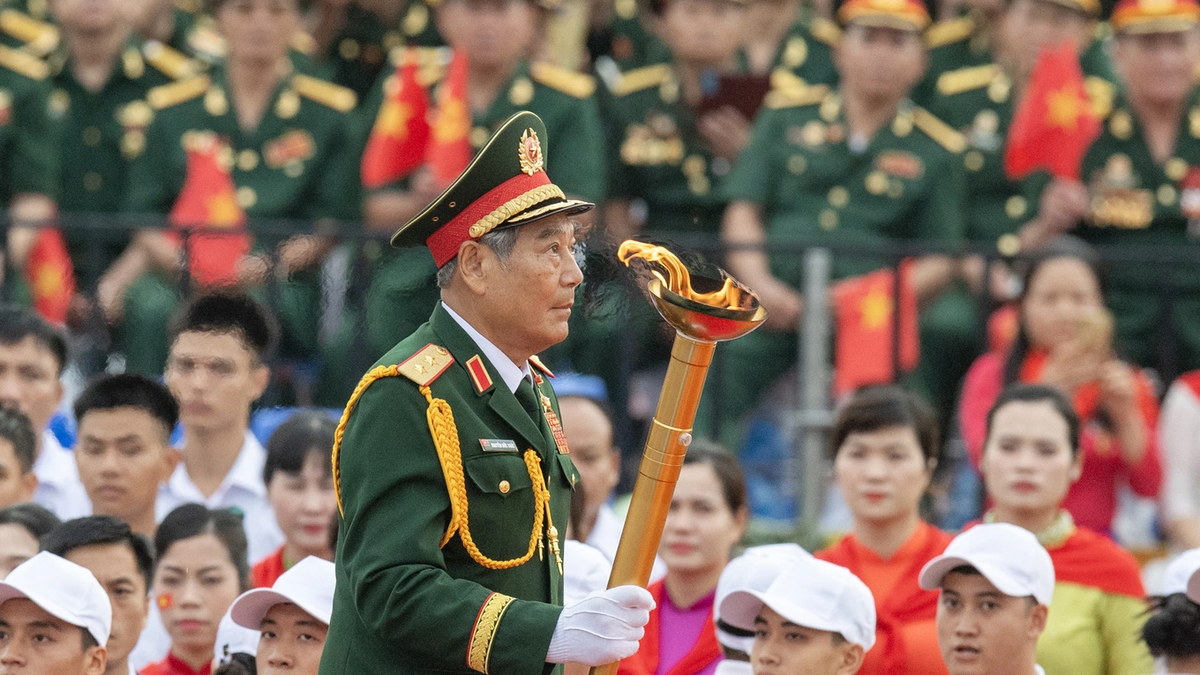
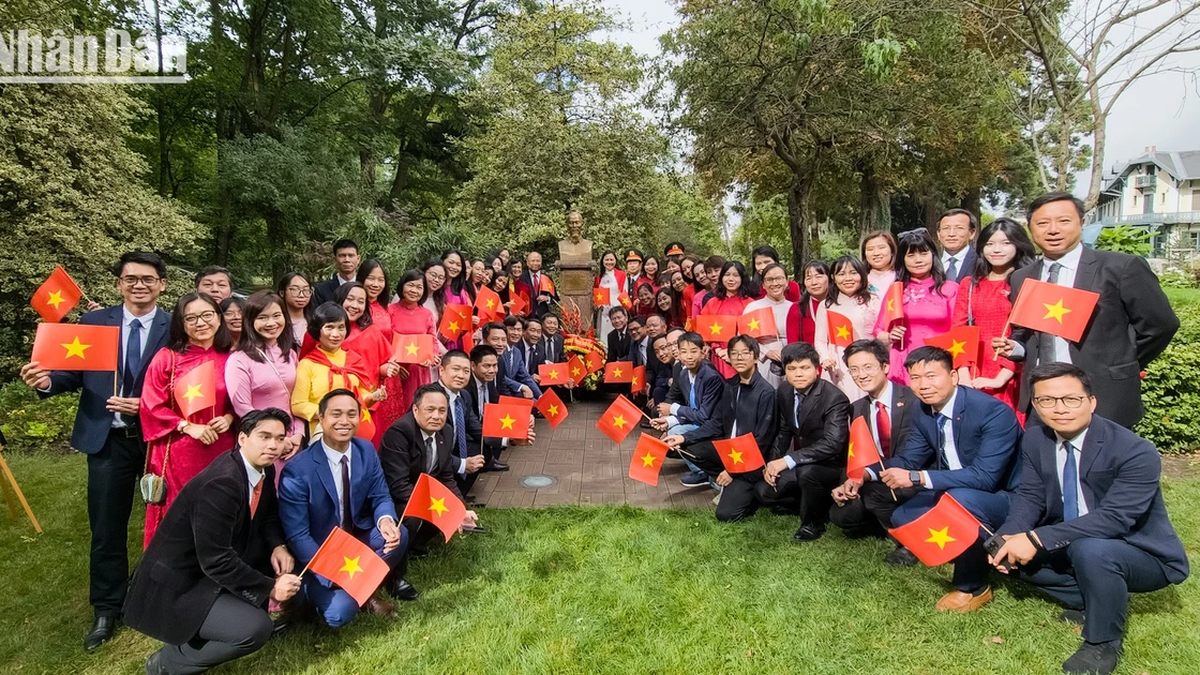
![[Photo] Special national art program “80 years of journey of Independence-Freedom-Happiness”](https://vphoto.vietnam.vn/thumb/1200x675/vietnam/resource/IMAGE/2025/9/2/42dac4eb737045319da2d9dc32c095c0)


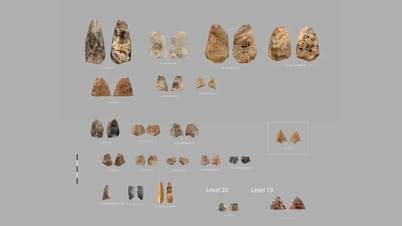
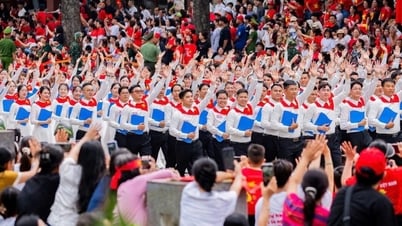


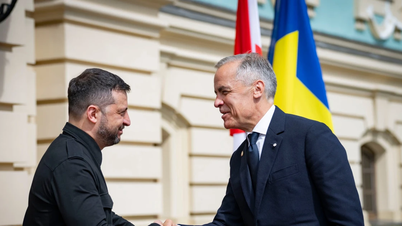


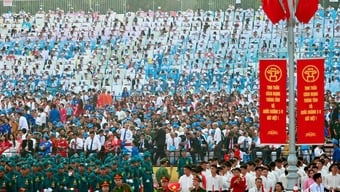












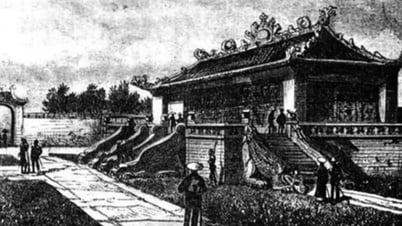

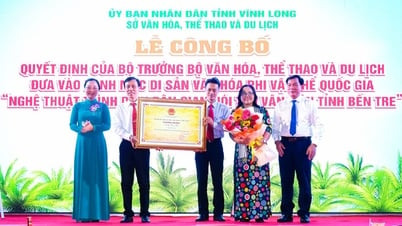

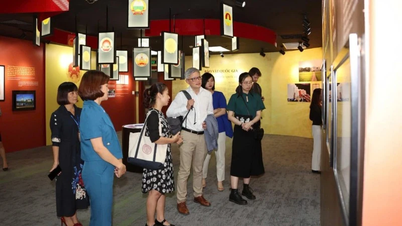


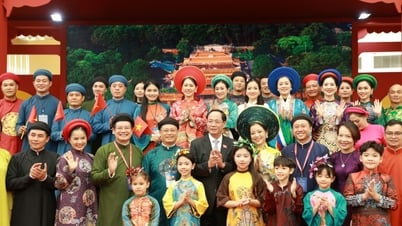




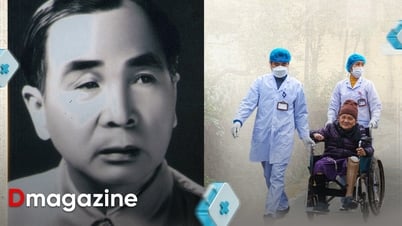
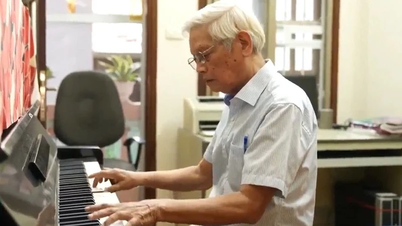
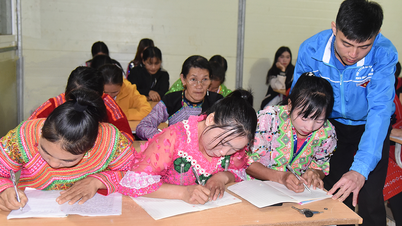

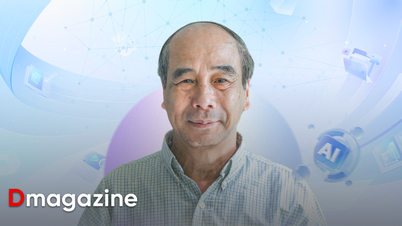


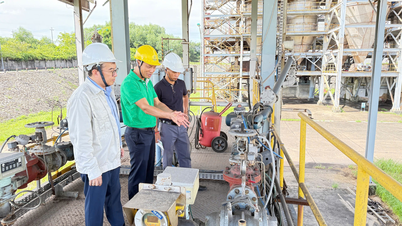


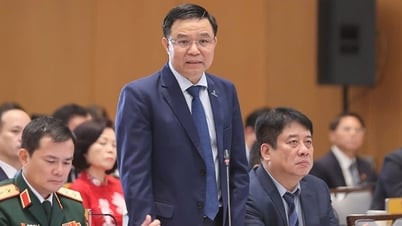

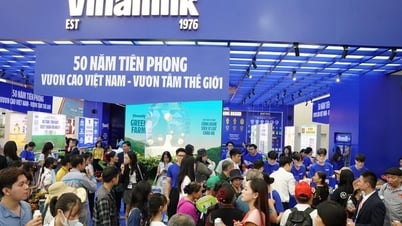
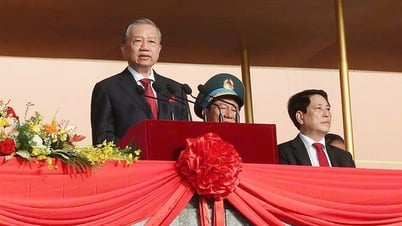

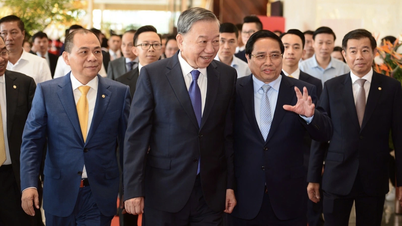



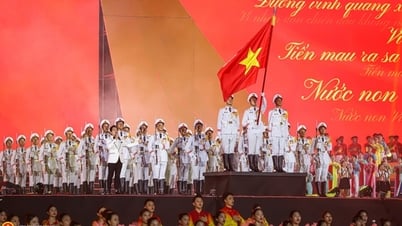


![[Live] Parade and march to celebrate the 80th anniversary of the August Revolution and National Day September 2](https://vphoto.vietnam.vn/thumb/402x226/vietnam/resource/IMAGE/2025/9/2/ab9a5faafecf4bd4893de1594680b043)
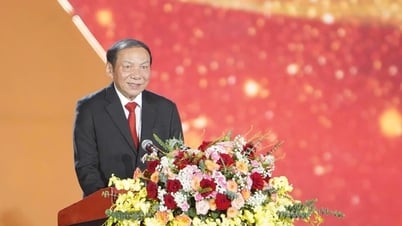
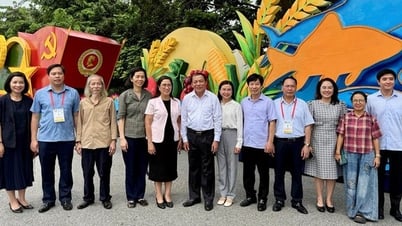
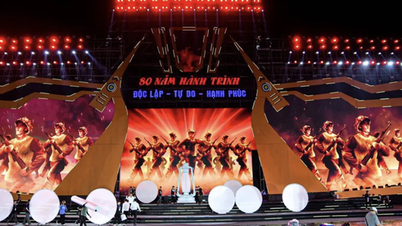
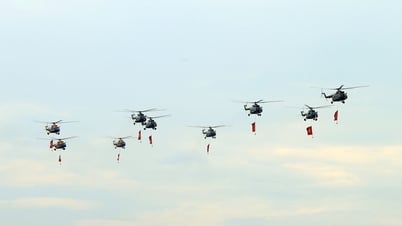







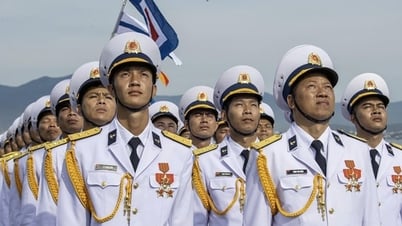







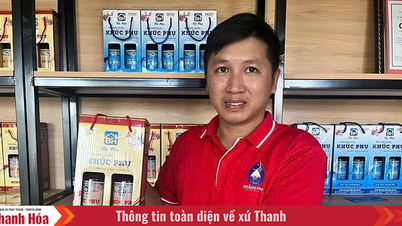








Comment (0)